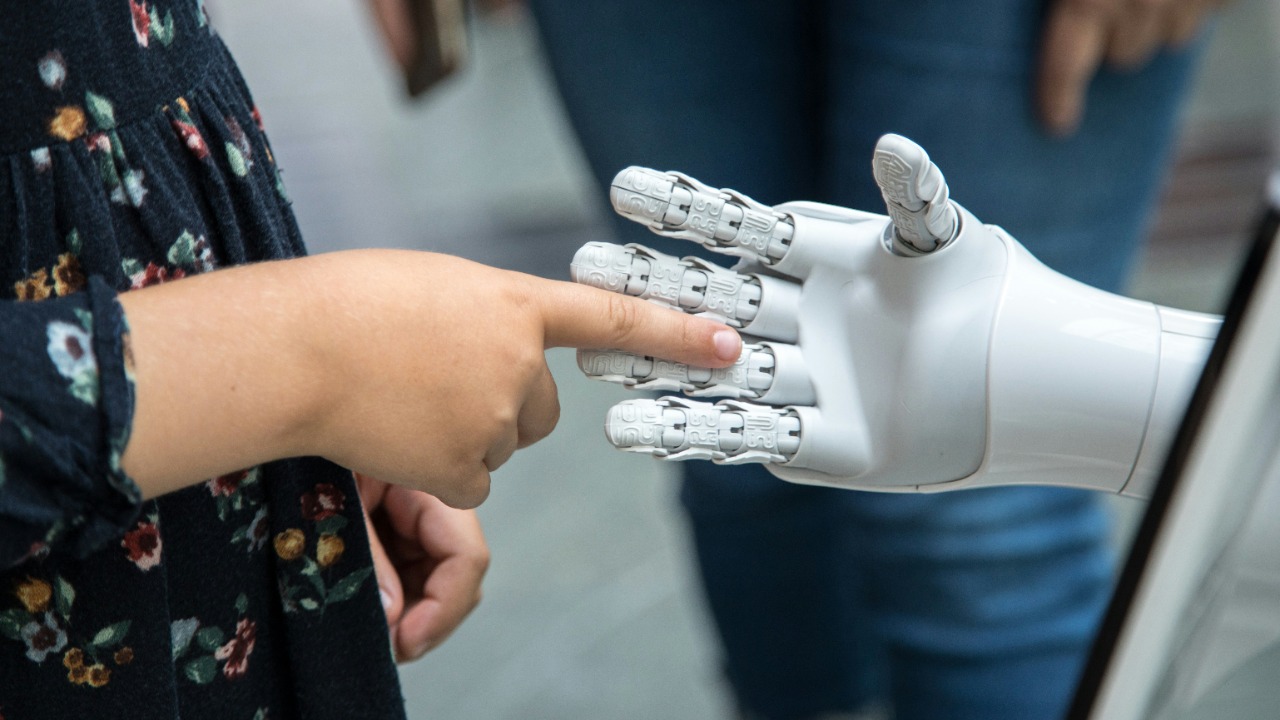
Recent advancements in robotics have brought us closer to a future where robot hands can mimic the dexterity and touch sensitivity of human hands. This marks a significant shift in the field, as the complexity of human hands has long posed a significant challenge to roboticists. The journey towards this achievement has been marked by numerous hurdles and breakthroughs, reshaping our understanding of both human and robotic capabilities.
The Astonishing Versatility of Human Hands
Human hands are remarkable tools, capable of a wide range of tasks that require fine motor control and sensory feedback. The ability to grip objects of various shapes and sizes, coupled with the ability to sense texture, temperature, and pressure, makes our hands incredibly versatile. This versatility is largely due to specific anatomical features such as opposable thumbs and a high density of nerves, which provide us with unparalleled grip and tactile discrimination. As reported earlier this year, these biological advantages set high standards for robotic development.
Key Challenges in Replicating Hand Functionality
Replicating the functionality of the human hand in a robotic counterpart is no easy task. Achieving fluid motion requires overcoming technical hurdles such as joint flexibility and real-time adaptation to irregular objects. Current robotic sensors also struggle to match the sensitivity of human skin in detecting texture, temperature, and pressure. As noted in the same report, these are among the reasons why robots are struggling to match the functionality of human hands.
Innovations Driving Human-Like Dexterity
Despite these challenges, significant progress has been made in the field of robotics. Advancements in soft robotics materials that mimic muscle elasticity have allowed for gentler, more adaptive grasps. Progress has also been made in multi-fingered designs with integrated actuators, enabling precise manipulation of delicate items. These innovations are driving the trend where robot hands are becoming more human.
Enhancing Tactile Feedback in Machines
New sensor technologies are being developed to improve the tactile feedback of robotic hands. For instance, artificial skin with embedded electronics can provide improved environmental interaction. Haptic feedback systems are also being used to enable robots to “feel” and adjust force dynamically during tasks. These developments are part of broader goals to achieve human-like responsiveness in robots, as reported recently.
The Impact of Human-Robot Interaction
Human interaction with robots plays a significant role in shaping our perceptions of them. Casual engagement with robotic limbs can influence user trust and foster anthropomorphic views. Experimental findings have shown that prolonged contact can even foster emotional connections, making robots seem more human. This was highlighted in a study conducted earlier this year.
Future Directions for Integrated Robotics
Looking ahead, there are numerous potential applications for advanced robotic hands in sectors such as healthcare and manufacturing. These hands could assist or even replace human labor in certain tasks, offering increased efficiency and precision. However, as robots become increasingly autonomous, ethical considerations such as safety protocols will need to be addressed. Based on current trajectories, it is clear that the trend of robot hands becoming more human is set to continue, opening up new possibilities and challenges in the field of integrated robotics.